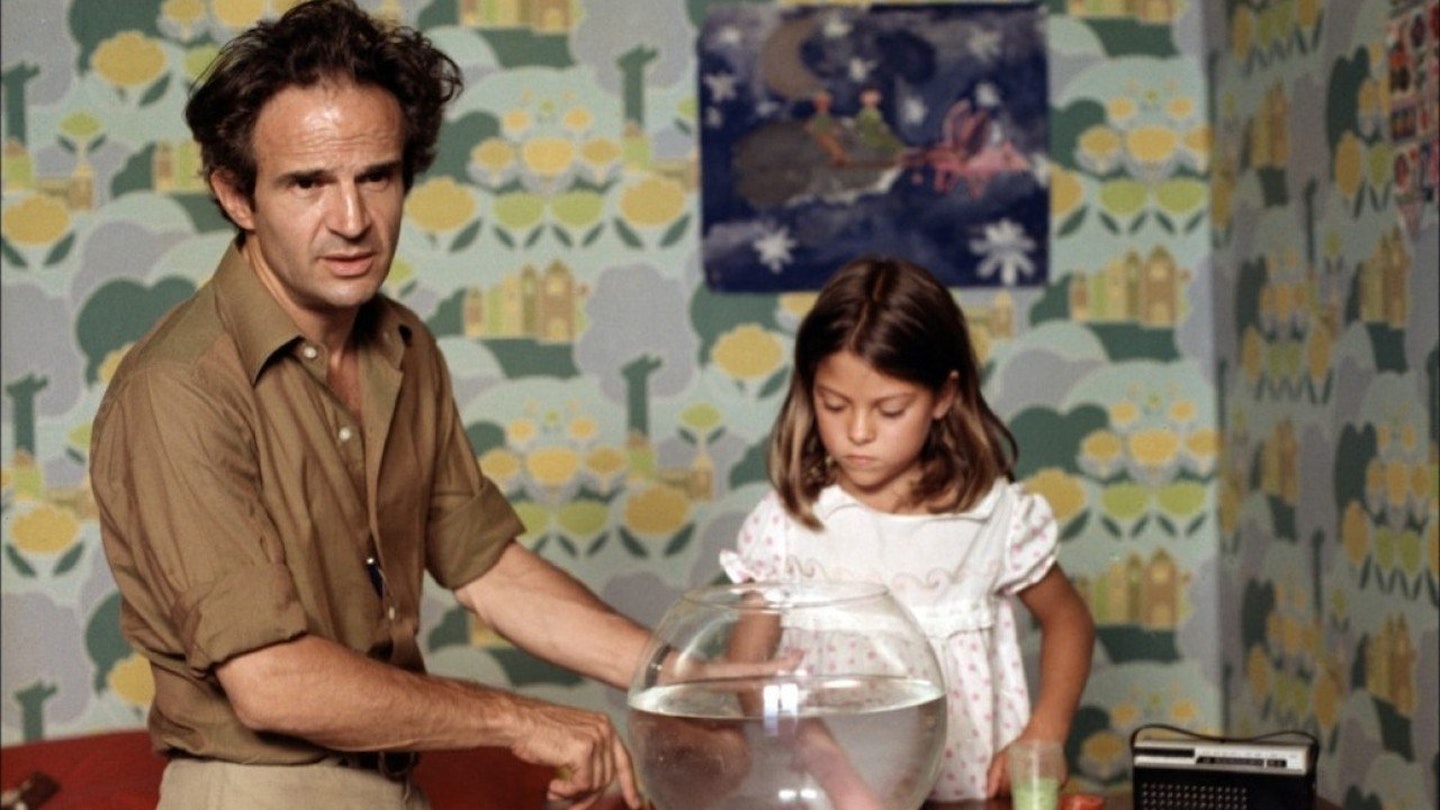Throughout his career, François Truffaut had a habit of alternating consciously contrasting films and this episodic study of childhood couldn't have been more different from the period intensity of L'Histoire d'Adéle H.. He had originally intended to explore classroom life without focusing on any particular characters. But, despite a determination to improvise as much as possible and recreate the free-wheeling spirit of Day for Night, the final film proved rather more conventional, as Patrick and Julien emerged as the centre of attention.
Moreover, Truffaut indulged himself by returning to themes that he had already explored in Les Mistons, Les Quatre Cents Coups and The Wild Child, most notably the notion that youth exists in a `state of grace' and that while it's good for kids to develop a certain toughness, they will become irrevocably hardened unless they are cherished.
Autobiographical elements stipple the action, particularly where Patrick and Julien are concerned. Each is missing a parent (a recurring Truffaut theme) and both find solace in literature and cinema (as Truffaut himself had done). But while Patrick seeks compensation for the neglect of his disabled father in both a surrogate mother and a tweenage crush, Julien's beatings at the hands of his mother and grandmother turn him into a loner, who (in the manner of Antoine Doinel) resorts to petty crime in order to survive.
Yet Julien's fate is very much the exception here, as the baby who falls from the window while chasing a kitten manages to land safely in a bush, while the girl left home alone makes impudent use of a megaphone both to expose her parents' cruelty and demand some supper. Indeed, Truffaut tended to rose-tint many of the vignettes in his bid to demonstrate the wit, resourcefulness, vulnerability and strength of youth. But if he's occasionally guilty of sentiment and whimsicality, he makes shrewd use of his Thiers locations and coaxes wonderfully natural performances from an adolescent cast that included his own daughters, Eva and Laura.
